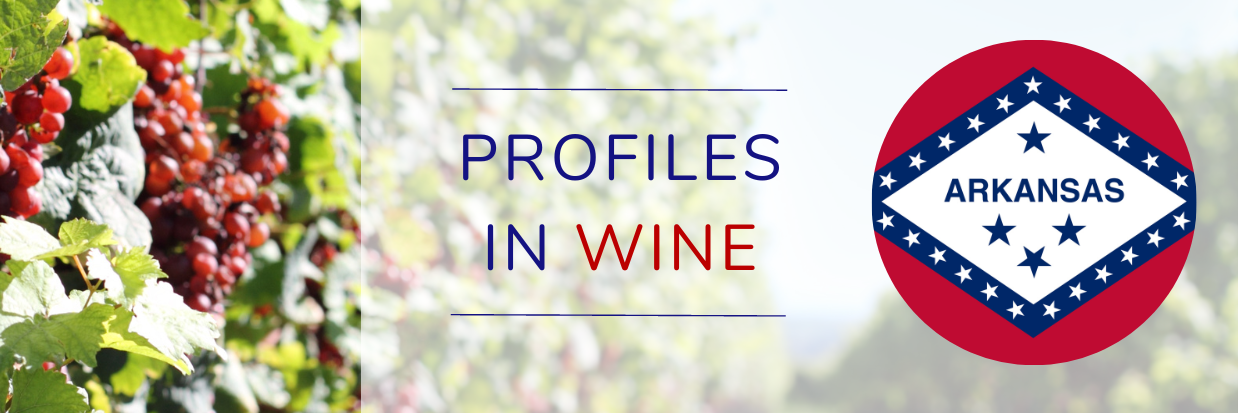Arkansas wine? Yes indeed. Wine is produced and consumed in all 50 states, and we will highlight the economic impact in each one over the course of this year.
Remember: The total impact in each state combines the Direct, Supplier, and Induced levels reaching from vineyards to local communities, so even a small wine-producing state can benefit greatly from the industry’s presence.
Arkansas Profile
Today’s Arkansas wine industry took root in the 1870’s when Jacob Post from Germany and Johann Wiederkehr from Switzerland migrated to Altus, which is the state’s first AVA, later joined by the Arkansas Mountain and Ozark Mountain AVAs. The two family wineries have been joined by several others in a region with a humid subtropical climate suitable for Muscadine grapes which Post Winery uses to make its rich, ruby red with a cotton candy-like aroma.
Great Grapes: Cynthiana (a.k.a. Norton)
The University of Arkansas has a viticulture program to help advise growers on selecting and growing grape varieties appropriate for their climate, and was also instrumental in enhancing the quality and reputation of the Cynthiana grape, also known as Norton and grown widely in neighboring Missouri as well. These grapes, native to the United States, produce big, bold reds which often stand out at wine competitions.
Arkansas Economic Impact
Total Impact: $1.01 Billion
Direct: $332 Million (33%)
Supplier: $330 Million (33%)
Induced: $351 Million (34%)
Wine Producers: 21
Jobs: 6,489
Wages: $263.2 Million
Tourist Visits: 29,832
Tourist Expenditures: $10.1 Million
Total Taxes: $68 Million
Federal Taxes: $37.8 Million
State and Local Taxes: $30.3 Million


